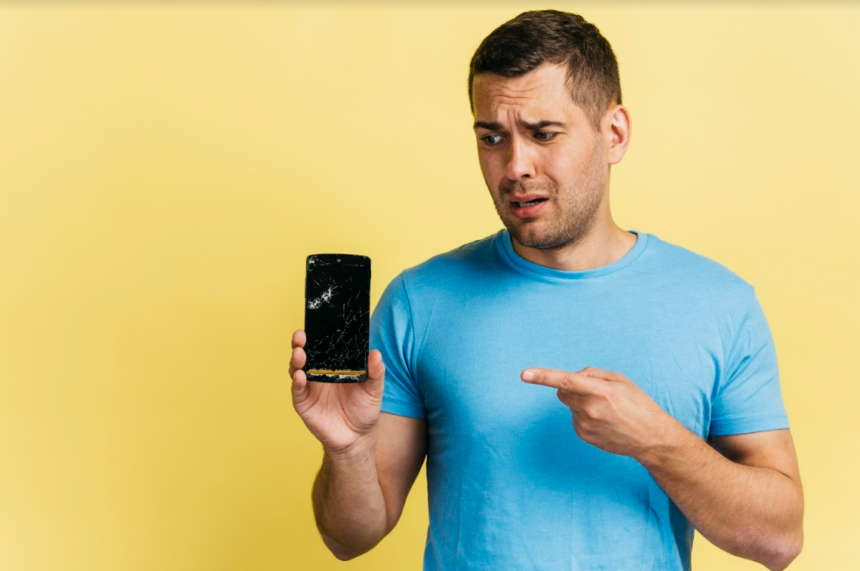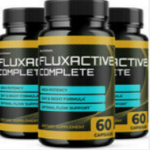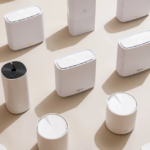Tempered glass custom screen protectors are a great way to keep your phone or tablet’s screen in pristine condition. But what do you do when it’s time to take it off? Whether you’re looking to replace an old protector or simply remove it for cleaning, the process can be a bit tricky.
In this article, we’ll walk you through the steps of how to take off a tempered glass screen protector, including what tools you’ll need and how to do it safely. By the end, you’ll know exactly how to remove one without damaging your device.
How to take off your tempered glass screen protector: A step-by-step guide
- Gather your tools. You will need a hairdryer or heat gun, a plastic card (such as a credit card or plastic opening tool), and a lint-free cloth.
- Turn your device off and unplug it.
- Use the hairdryer or heat gun to heat up the adhesive on the protector for about 30 seconds. Make sure to keep the heat gun or hairdryer moving so that you do not overheat any one spot.
- Using the plastic card, gently lift the edge of the protector. Start from one corner of the device and work your way around.
- Slowly peel the protector off, using the plastic card to lift and separate it from the device’s screen. Be careful not to apply too much force or damage the device’s screen.
- Once the protector is removed, use the lint-free cloth to clean the device’s screen. Make sure to remove any remaining adhesive or debris.
- If there is any adhesive residue left on the device, use a small amount of isopropyl alcohol on the cloth to gently clean it off.
- Install the new screen protector or use the device without one.
Note: It’s important to be patient and gentle when removing the screen protector. Rushing or using too much force can result in damaging the device’s screen.
When do you really need to take off your current tempered glass screen protector?
There are a few reasons why you may need to take off your current tempered glass screen protector:
Replacement
If your screen protector is scratched, cracked, or otherwise damaged, it may be time to replace it with a new one.
Cleaning
Over time, dust, dirt, and other debris can build up under your screen protector, making it difficult to read or see your device’s screen. In this case, it may be necessary to remove the protector for cleaning.
Bubble
If you notice bubbles or wrinkles on your screen protector, it may not have been applied correctly or may have shifted. Removing and re-applying the protector can fix this problem.
Upgrade
You may want to change to a new type of screen protector, such as a tempered glass protector or a privacy screen protector.
Updating your device
If you plan to sell or trade in your device, it’s best to remove the screen protector to show the device’s original screen and increase its value.
It’s also a good idea to remove and replace your screen protector every 6-12 months to ensure optimal device protection.
Looking for a new tempered glass screen protector: A few tips to keep in mind
When looking for a new tempered glass screen protector, there are a few things to keep in mind:
Compatibility
Make sure the screen protector is compatible with your device’s make and model. Some protectors are specifically designed for certain devices, such as phones or tablets.
Material
Tempered glass screen protectors come in various materials, including plastic, tempered glass, and privacy film. Each has its own advantages and disadvantages, so choose the one that best fits your needs.
Clarity
Look for a tempered glass screen protector that offers good clarity and minimal distortion. This will ensure that you can see your device’s screen clearly and easily.
Durability
Consider how durable the tempered glass screen protector is, and how well it will protect your device’s screen from scratches, cracks, and other damage.
Installation
Some screen protectors are easier to install than others. Consider whether you want a protector that can be easily applied and removed or one that is more permanent.
Brand reputation
It’s always better to choose brands that are known for producing good-quality screen protectors. Look for customer reviews and ratings to get an idea of the quality of the product.
Price
Lastly, consider the price of the screen protector. While it’s not always the best idea to go for the cheapest option, you don’t have to break the bank for a good-quality tempered glass screen protector.
Conclusion
Taking off a tempered glass screen protector from your smartphone can be a bit tricky, but with the right tools and techniques, it can be done safely and easily. The key is to heat up the adhesive with a hairdryer or heat gun, then gently lift and peel the protector away from the device’s screen using a plastic card. Be patient and take your time to avoid damaging the device’s screen.
When looking for a new tempered glass screen protector, it’s crucial to consider compatibility, material, clarity, durability, installation, brand reputation and price to find the one that best fits your needs. Remember to replace your screen protector every 6-12 months to ensure optimal device protection.
Check our Screenshield Australia’s wide range of tempered glass and other types of screen protectors in this link now!










